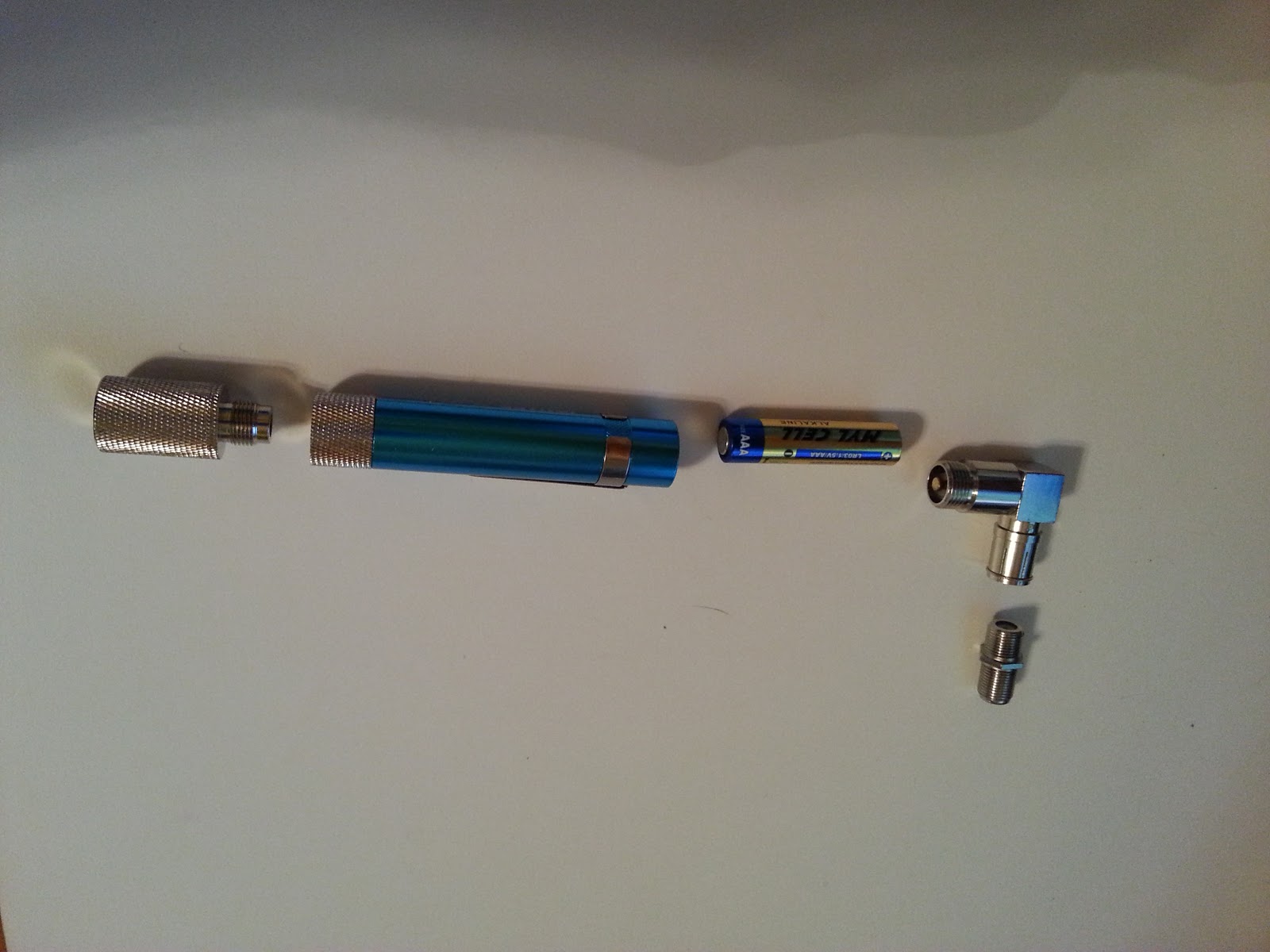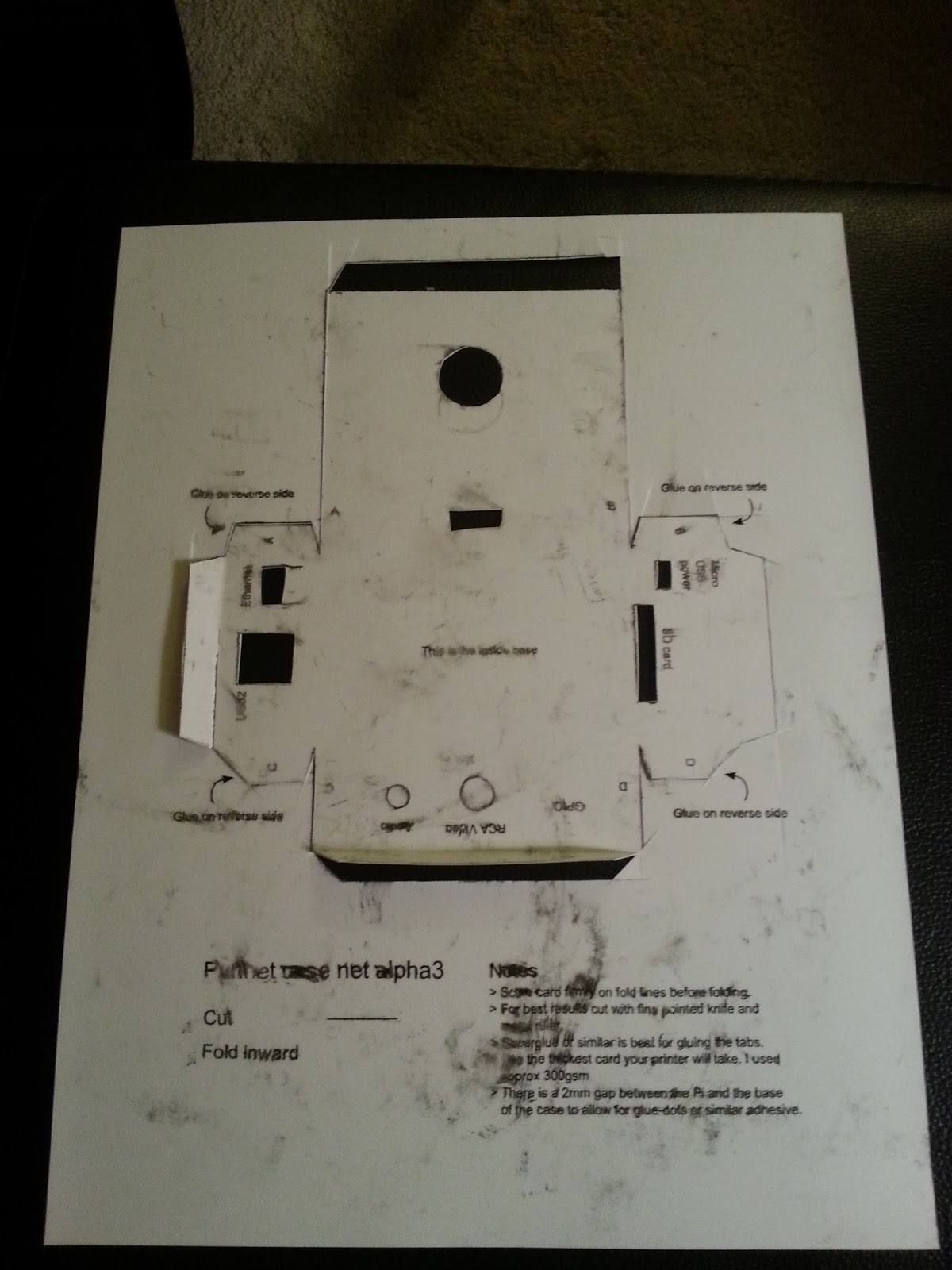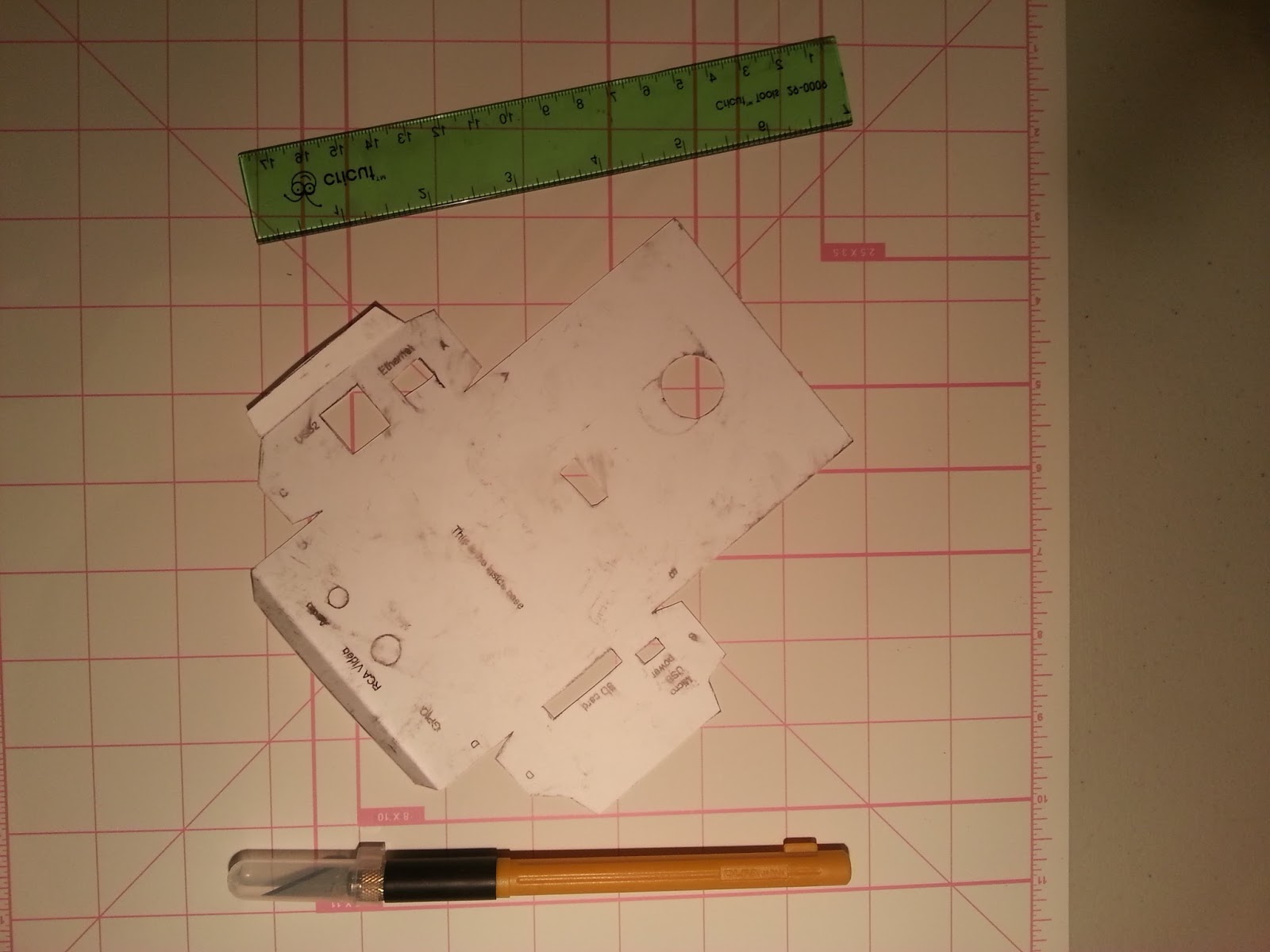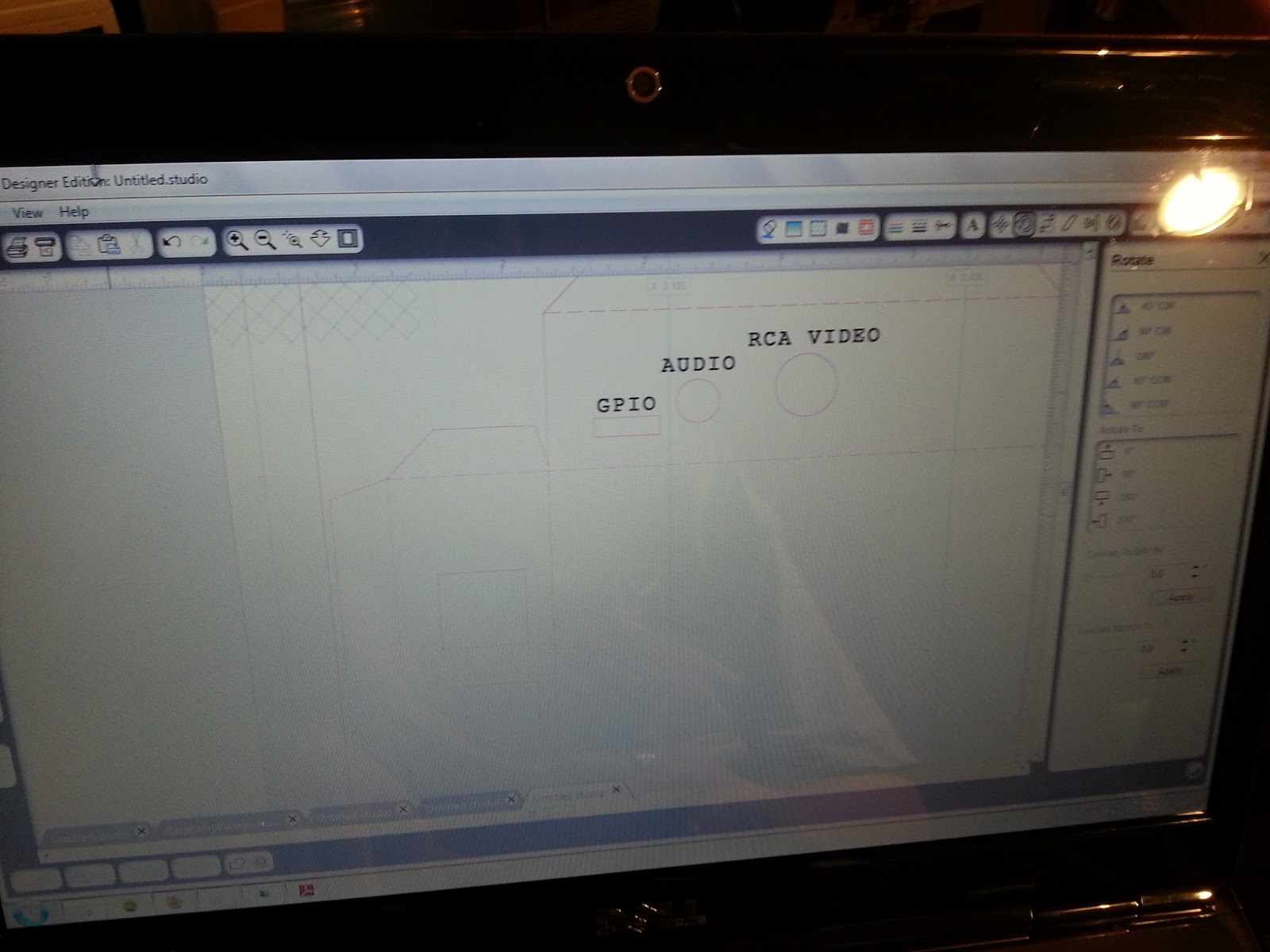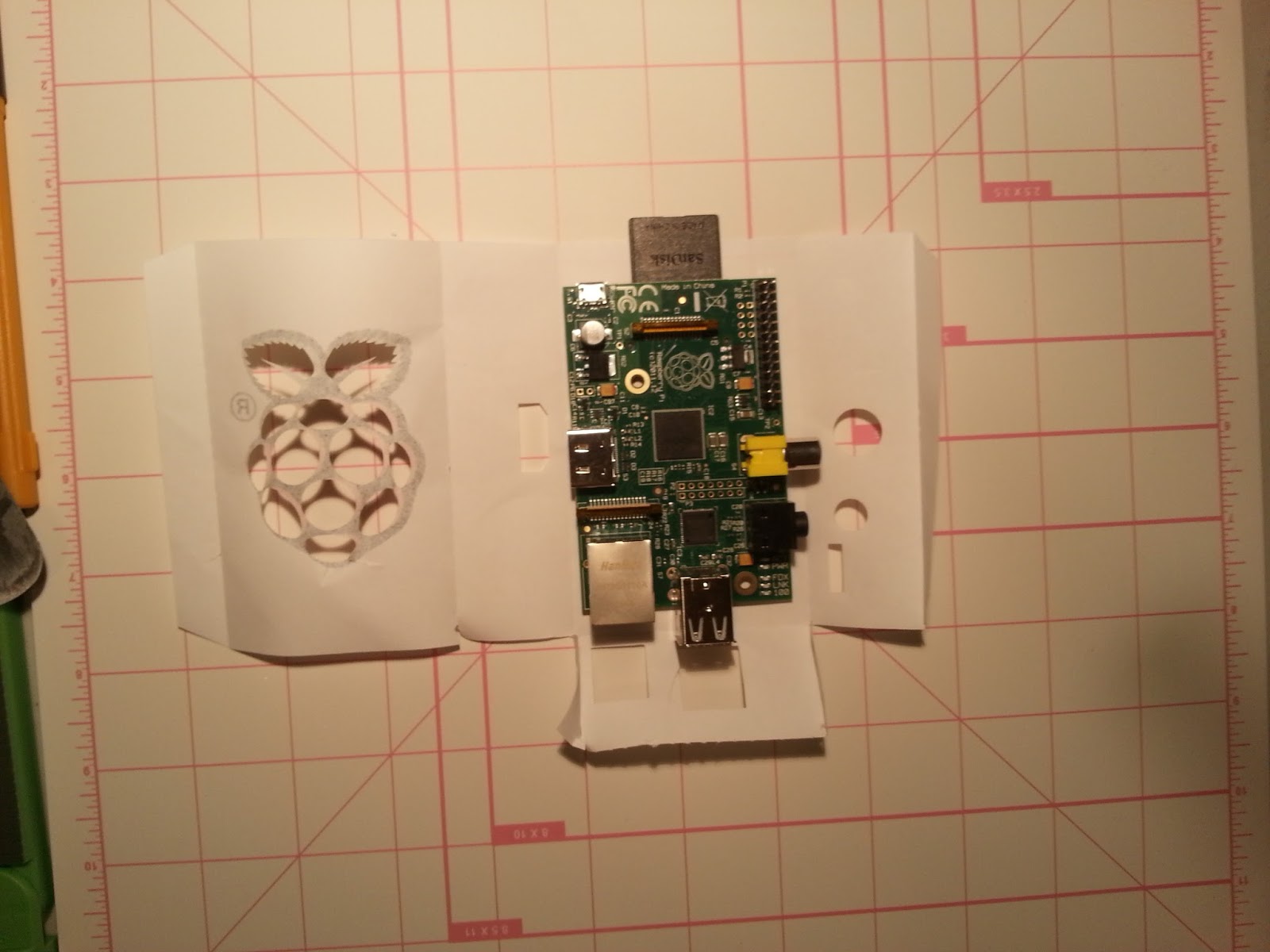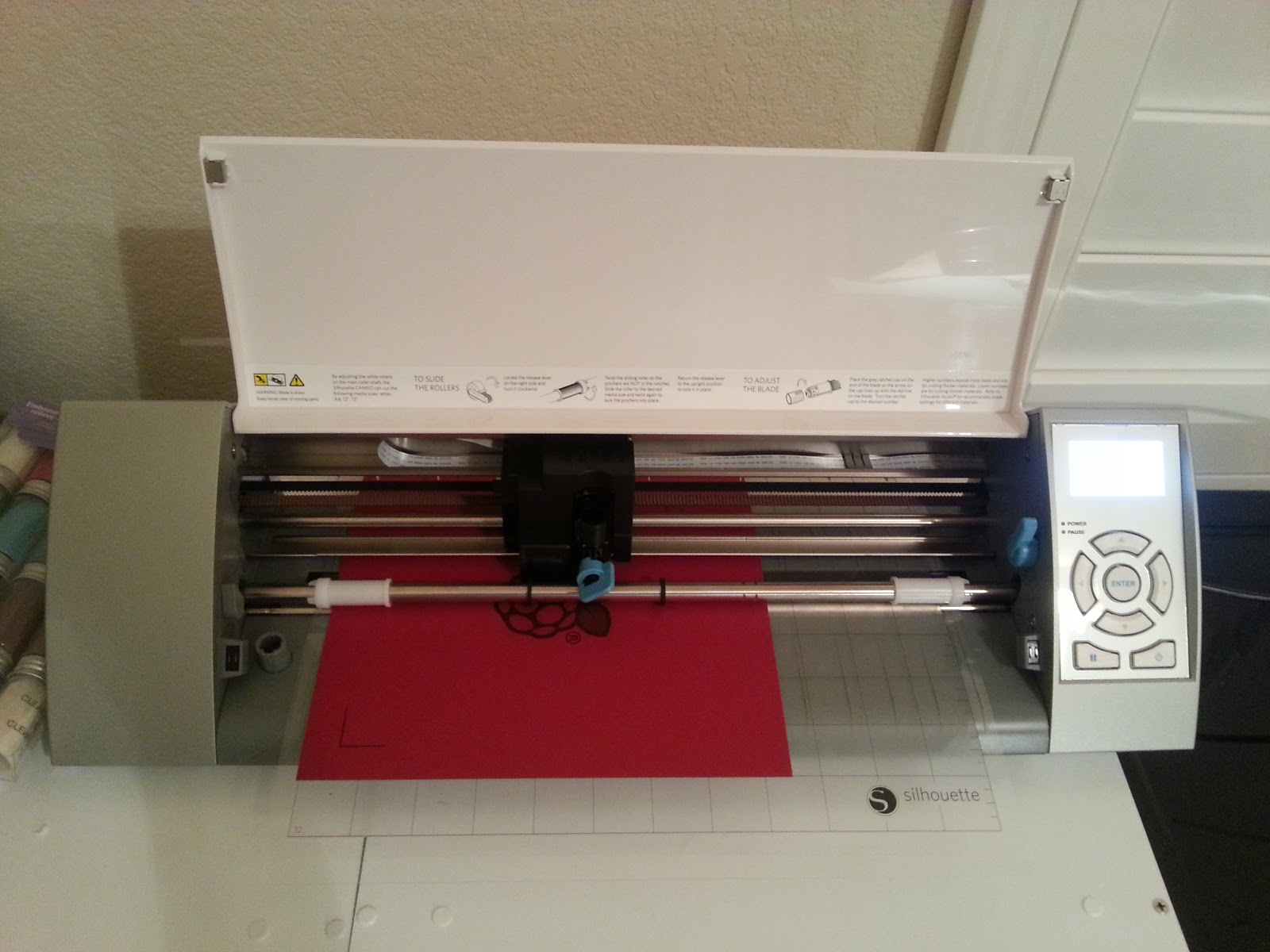I migrated all my posts to my personal blog.
cp16net.net
Take a look at all the content I've added.
Thanks.
YunaTech Blog
python, java, gadgets, open source, openstack, linux, git.
Saturday, July 25, 2015
Monday, May 27, 2013
Vagrant and libvirt (Holy Grail?)
After looking at the vagrant-kvm plugin I found a list of all the Vagrant plugins. This turns out to have vagrant-libvirt as a plugin. libvirt is a library used to control many different virtualization technologies. You can think of it as a common API for hypervisors like KVM/QEMU, Xen, LXC, OpenVZ, Virtualbox, VMware, and Hyper-V. From my experience with OpenStack, I quickly understood the power of this plugin.
In the README for vargrant-libvirt it explains the installation process very clearly. One of the things that makes vagrant really nice now is that you can setup simple puppet or chef provisioning to the instance that you create. It is just a simple configuration change to the Vagrantfile and you are on your way.
Here is the base Vagrantfile for libvirt.
In the README for vargrant-libvirt it explains the installation process very clearly. One of the things that makes vagrant really nice now is that you can setup simple puppet or chef provisioning to the instance that you create. It is just a simple configuration change to the Vagrantfile and you are on your way.
Here is the base Vagrantfile for libvirt.
Wednesday, May 8, 2013
Using Vagrant outside of the "Norm"
Vagrant has come along way with the version 1.0. Now you are freed from the handcuffs of Virtualbox. This is great news to be able to use any type of virtual machine. KVM is a common virtual machine used in production environments and its built in to linux. All it takes is installing a few packages and you can be up and running vagrant with kvm.
There is are a couple things that we need do first.
Install Vagrant's latest version from the download site.
Then install the plugin.
Once installed then we need to get a box and convert it for the kvm provider.
Here is a simple Vagrantfile you need to spin up your own KVM vagrant instance.
This is about as easy as it gets.
The code base for vagrant-kvm is located here. https://github.com/adrahon/vagrant-kvm#quick-start
There is are a couple things that we need do first.
Install Vagrant's latest version from the download site.
Then install the plugin.
Once installed then we need to get a box and convert it for the kvm provider.
Here is a simple Vagrantfile you need to spin up your own KVM vagrant instance.
This is about as easy as it gets.
The code base for vagrant-kvm is located here. https://github.com/adrahon/vagrant-kvm#quick-start
Labels:
coding,
conf,
config,
development,
kvm,
libvirt,
private,
vagrant,
Vagrantfile,
vms
Monday, May 6, 2013
My git .gitconfig customization
My .gitconfig has a couple nice alias's that i have found extremely helpful. I've found a couple around the internet as well and i think they are useful.
Monday, March 25, 2013
Cable TV DIY Weekend Troubleshooting
I had a issue with my TV not working in one of my bedrooms. I looked in the cable box where all the cables are housed. There were many cables and they were marked with room #s. This did me little good because I was unsure which room was which.
I read a little online and found that i needed a Coaxial Continuity Tester. This thing just determines if there is a short in the cable with just a light on one end or the cable is good if the tone generator goes off when connected to the other end of the cable.
So i plugged the battery into the connection point in each room and connected the tone generator to each of the cables in the cable box until I found the correct cable. I then marked the cable with a more meaningful name for the future.
After this one of the rooms still did not connect to a wire in the box. I decided to follow the cable in the attic and low and behold someone had cut the wire in the attic and used it to connect to another junction box. So i disconnected one of the other rooms and connected them with a Coax Cable Extension Adapter between the cables. Like magic I felt like the TV started working.
The Channel Master Installation kit has been a huge help in resetting the cable connectors where they were bad and needed to be replaced with new ones. This kit came with a stripper, the compression tool, and some connectors to get started.
This was an easy weekend project while March Madness has been going on.
On a side note go Florida Gulf Coast University #15 seed made it to the Sweet 16!
Wednesday, February 6, 2013
Creating a Private Git Server
So you want to write some super secret code? You want to keep it off public git servers? This is not as difficult as you might think to do. As a matter a fact if you are committing to git locally in a shell then you already have the git client setup.
I assume you have access to a Ubuntu Linux server that you can spin up or have one laying around your pad.
You are probably saying what? That's it? Yup! That's really it to get started.
sudo apt-get update
sudo apt-get upgrade
Alright we will call this server my.gitserver.net
We need to add the remote for the server to our local repo now.
I assume you have access to a Ubuntu Linux server that you can spin up or have one laying around your pad.
How do I set up a git server?
- Boot up a Linux Cloud Server.
- Configure user permissions.
- Install git-core.
- Profit.
You are probably saying what? That's it? Yup! That's really it to get started.
Boot up a Linux Cloud Server
Now that we have a server we can login and update all the packages.sudo apt-get update
sudo apt-get upgrade
Alright we will call this server my.gitserver.net
Configure user permissions
To configure the system my suggestion is to create a user called: git
sudo adduser git
Adding your public key to the server will allow you to bypass using a password.
This can be any username that can log into the server.
Install git-core
sudo apt-get install git-core
Easy right?
Setup git project
Login to the server as the git user and create the project.
ssh git@my.gitserver.net
mkdir super-secret-project.git
cd super-secret-project.git
git --bare init
Profit
So now we need our super secret project on a machine with some commits to push up to my.gitserver.net
mkdir super-secret-project
cd super-secret-project
git init
git remote add origin git@my.gitserver.net:super-secret-project.git
touch somefile.txt
git add somefile.txt
git commit -m "my first commit to my private git server"
git push origin master
Once we push the code up now that commit is now saved somewhere else.
Suggestions
- Always back up your data.
- Harden the security on your server
Resources:
Making my own Raspberry Pi Case
I soured the interwebs for a good case and decided I wanted to make one myself. "Cheap and easy" right? Well after looking around the Raspberry Pi forums and other sites I found some really interesting ideas like cardboard case, plexi-glass case, thick paper cut out case, 3D printer case, or Altoids case. These are all amazing ideas but the one that I think I can easily do with the supplies I have laying around is the thick paper cut out case.
This turned out alright and she was on to cutting it out on red cardstock. She first printed the image and text on the paper with the registration marks. Then sent the cutout to the Silhouette Cameo. Here is the Silhouette Cameo design cutout file made from the others.
This case is a downloadable PDF or SVG file that has all the cut out lines you can print on any paper. I decided to print it on some photo paper because its the thickest paper i had near me.
So I printed out the PDF to the paper and used an exacto knife and straight edge (ruler) to cut it out.
This turned out but I needed a fold the edges and I did not have a good way to do this. My wife mentioned we needed to use her crafty tools. And I ended up cutting off an edge instead of making it foldable (So I ruined the joints to glue).
My wife looks at me and said she has a machine that will cut out the image automatically. (Now I feel dumb...)
She has a Silhouette Cameo machine that you can cut out any image you want. How awesome is that right? This is similar to the Cricut but you can create custom images with its Design Studio software and buy single images of the web instead of a cartridge package that you might not use all the images in.
After showing my wife this project she thought this was a great opportunity to start playing with her new toy. This was her first time to create a custom cutout with the Cameo so it
took a while to figure out how to use the software. Thanks to some
awesome YouTube videos she was in business.
She imported the SVG file into her Design Studio and started some magic! She added a nice little Raspberry Pi Logo to the top air vent.
She needed to do a couple test runs to make sure it was going to look correct.
This turned out alright and she was on to cutting it out on red cardstock. She first printed the image and text on the paper with the registration marks. Then sent the cutout to the Silhouette Cameo. Here is the Silhouette Cameo design cutout file made from the others.
I was satisfied with the out come of the cutout and the box looked pretty awesome.
She was not satisfied yet... She needed to emboss the Raspberry Pi logo with her crafty setup.
This was the final product booting up. What an AWESOME Raspberry Pi case!
Case Resource links:
In conclusion this case is on the cheap side but not as sturdy as I would like but does its job! I think the next case I will attempt to build is a plexi-glass case to see if it will be more sturdy.
Let me know how this design works out for you.
Let me know how this design works out for you.
Subscribe to:
Posts (Atom)
